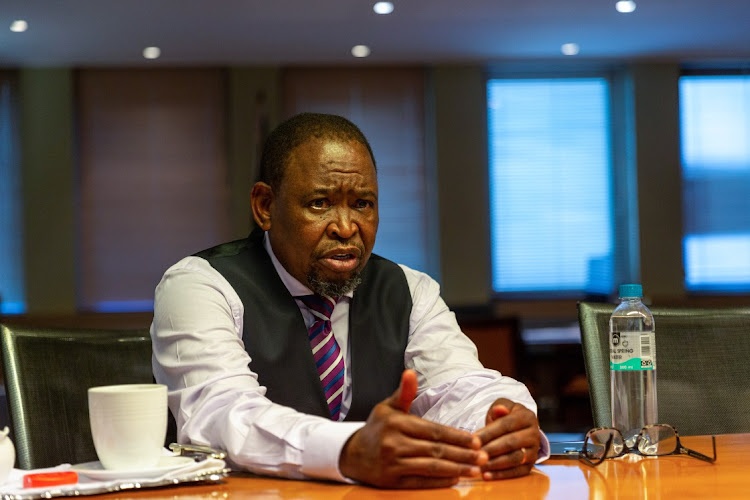Risks linger, but Godongwana gets lots right

SA’s budget has been tabled in an uncertain macroeconomic environment, with global economic growth moderating, advanced economies’ inflation rising to multi-decade highs, major central banks expected to hike interest rates, and oil prices rising on the back of Russia’s stand-off with Ukraine.
Despite these lingering risks, the budget is a significant improvement on both the 2021 budget and the 2021 medium-term budget policy statement (MTBPS) from several perspectives.
Real economic growth is marginally better in the 2021/2022 fiscal year and remains unchanged over the medium-term expenditure framework (MTEF), the three fiscal years beginning from 2022/2023. For the fiscal year that ends in March 2022, economic growth is estimated to have accelerated to 6%, from 5.4% projected in the 2021 budget, and averages 1.8% over the MTEF.
Nominal GDP growth, which closely reflects corporate profitability and influences tax revenue collections, accelerated by 12.3% year on year in 2021/2022, but is expected to moderate to an average of 5% over the MTEF. Strong economic growth from SA’s trading partners and higher commodity prices explain much of the growth performance.
However, this external environment is also one of the big risks to SA’s growth over the next three years. The size of the economy has also been revised up nearly R900bn in nominal terms, largely due to last year’s revision and benchmarking of national accounts, and to an extent a faster recovery in economic growth.
One of the silver linings in the economic recovery from the Covid-19 pandemic relative to historical economic shocks such as the 2008 global financial crisis or 1997 Asian crisis is that economic growth is recovering faster post Covid-19 than during other economic crises.
The risks to the economic outlook include rising global interest rates, high oil prices, higher domestic electricity prices and slow implementation of economic reforms that will delay private sector investment.
The Treasury has followed through on its promise to reduce the corporate income tax rate from 28% to 27%, which will provide tax relief of R2.6bn in 2022/2023. Though the magnitude of this reduction is small, it provides a clear signal that the government is on course to reduce the burden for businesses. However, there are now restrictions on assessed losses and additional interest limitations. These will generate an equivalent of R2.6bn such that the effect of the reduction in corporate income tax is neutral on revenue.
Regarding the higher-than-desired increases in the public sector wage bill, the Treasury has allocated R20.5bn for the 2021 public sector wage agreement. Beyond this, government employees’ salaries will rise by an annual average of 1.8% until 2024/2025. In this budget, government wage increases present the biggest risk to the consolidation path in that the government might not be able to reach agreements with labour unions that align with the budget provisions.
While the significant growth in tax revenue has improved the budget ratios over the MTEF, prudent spending is still necessary if the government is serious about reducing the budget deficit. The debt-to-GDP ratio increases from 69.9% of GDP in 2021/2022 to a peak of 75.1% of GDP in 2024/2025, lower than the previous peak of 78.1% of GDP projected in the 2021 budget. The consolidated fiscal deficit improves to 4.2% of GDP in 2024/2025 from 5.7% in 2021/2022, lower than previous estimates. This will result in reduced bond issuance that should be positive for bond yields and bond prices. However, the concerning issue is that interest payments continue to increase over the MTEF.
The reality is that SA is desperate for long-term sustainable economic growth and employment, which must be driven by, among other things, increased infrastructure investment. Thus, the emphasis by the finance minister on accelerating infrastructure investment will be vital in luring investors and the private sector to fully participate in the economic recovery.
